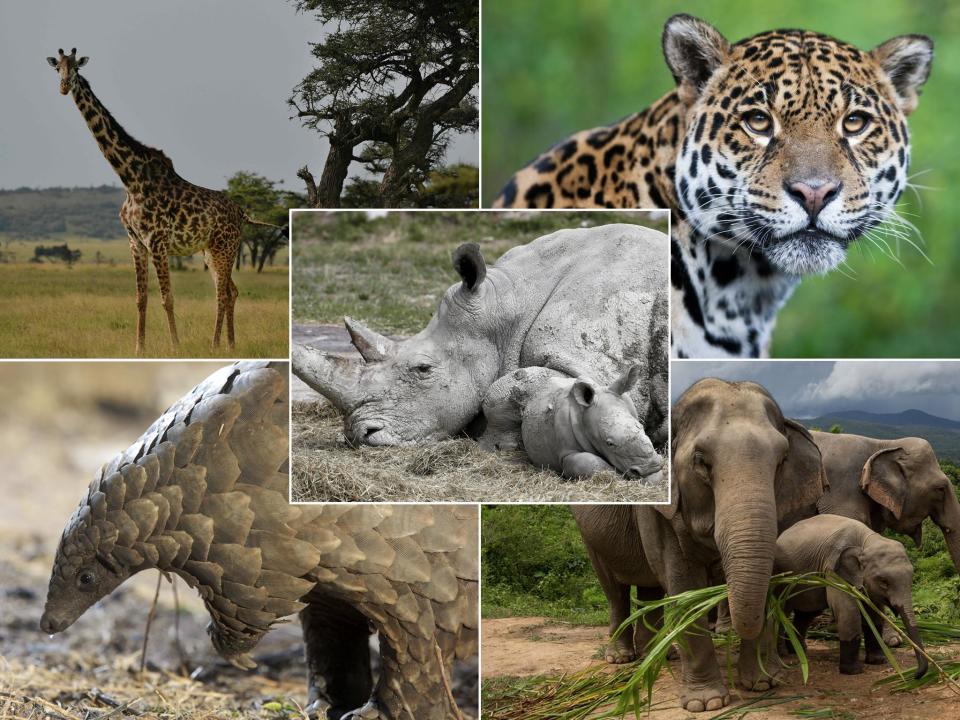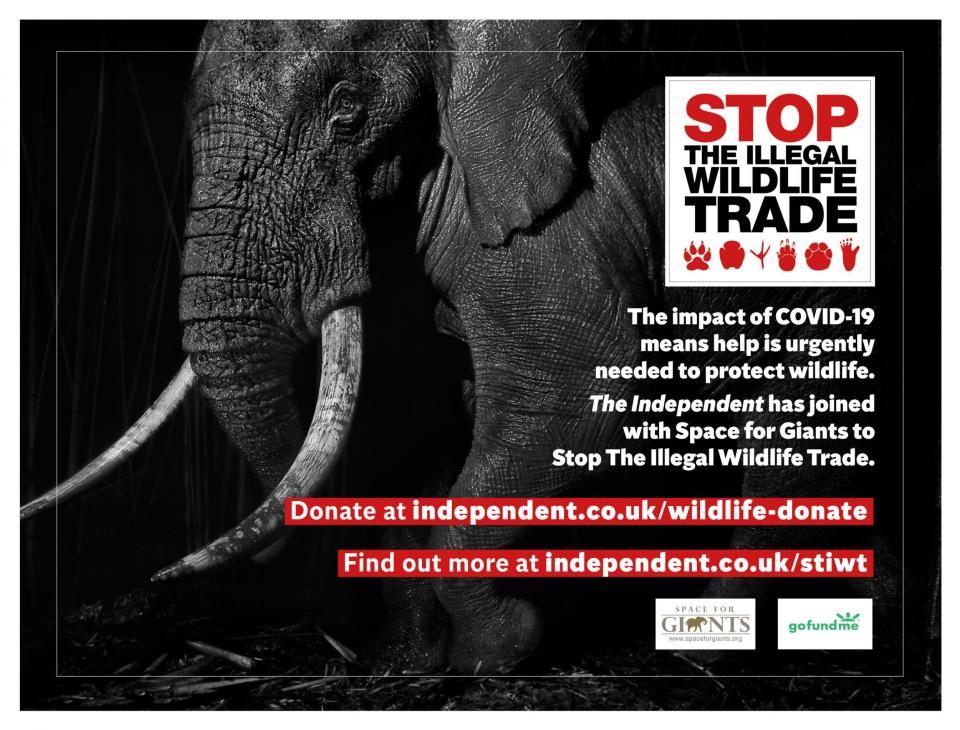Tourism helps wildlife conservation – but we need to be thinking much bigger

Frequent travel is second nature in the world of wildlife conservation. We travel long distances for work and place great value on travel in our personal lives. I for one was looking forward to a special trip with my daughter in October to Kenya and Tanzania, but with Covid-19 on the rise again in Europe and elsewhere, I can only watch and wait to see if any of it will be possible.
Far more concerning of course is the impact of the loss of tourist income on wildlife and communities in Africa. Casual and formal employment in lodges, camps and travel companies has vanished, along with income from associated supply chains. African government wildlife departments have found themselves without income to manage wildlife areas or pay rangers’s salaries. Africa as a whole is facing the loss of $29bn (£22.8bn) in tourist income and the loss of millions of jobs.
The enormity of the situation is terrifying. Conservationists and governments are rightly concerned about a rise in poaching both for food and for the illegal wildlife trade, as people struggle to feed their families. But there’s also a much more worrying question about tourism as a viable land use option that justifies wildlife conservation. Without it, might the very future of Africa’s wildlife and wildlands be in jeopardy?
Countries with a strong tourism and wildlife sector are responding. Kenya for example, a middle-income country with a sizeable domestic tourism sector and strong tourism brand “Magical Kenya”, has resumed domestic and international flights and is working with partners to keep rangers employed and wildlife protected.
And while the international market is down 91 per cent compared to last year, the domestic market seems to be rallying. Word on the ground is that Nairobi National Park, Laikipia’s network of private and community conservancies, the world famous Maasai Mara’s camps and lodges and even the magnificent Tsavo with its traditionally lower tourist footfall than other wildlife areas, are all receiving visitors.
It will of course be a huge relief to operators and properties to be welcoming guests again. But there are snags. Income per capita from domestic tourists is much lower than it is for international tourists. Ol Pejeta, for instance, is popular with both domestic and international tourists, but income from the domestic market contributes less than 20 per cent of its income. Richard Vigne, Ol Pejeta’s chief executive, is clear that domestic tourism on its own is not the whole solution, and certainly not at the moment with heavily discounted deals currently flooding the market to attract guests and stay afloat.
Domestic tourism, then, can only go so far for operators. But for communities, and by extension wildlife, the importance of properties being able to break even should not be underestimated. As long as lodges are open and tourists are visiting, supply chains start to kick in again, guides, rangers and hospitality staff are in work, and visitors on game drives deter poachers.
Domestic tourism may in fact be much more valuable as a strategy to protect valuable wildlife and wild lands – at least in the short term - than the dollars it generates. And it might just bridge the gap until international tourists returns, as Carter Smith, safari programme manager for the African Wildlife Foundation (AWF) explains: “Across the sector, 2021 is absorbing most 2020 bookings as well as those new in 2021, and all signs are that people are determined to resume travel as soon as they can.”

Positive as this is, the truth is that Africa’s wildlife and wild landscapes are far too valuable to be dependent on something so volatile as tourism. Covid-19 has shone a light on the direct relationship between the destruction of the natural world and human health, and a frenzy of digital debates involving participants from profit and not-for-profit sectors has generated a mountain of ammunition to support the case for “green growth” development strategies that place conservation at their heart.
The big challenge now is how to mainstream ‘green’ development through investments that sees the “value” of nature in broader terms than the income it generates. Wildlife and wild landscapes not only support tourism, they provide ecosystem services protecting watersheds, supporting agriculture, forestry and fisheries, hold cultural heritage value support an array of community livelihoods.
Conservation debates are increasingly looking at designing conservation finance models that see natural capital as an asset class of its own. As AWF’s Andrea Athanas explains: "Building on our experience to date in impact investment in the tourism sector, our models aim to incentivise local ownership and strong governance while delivering conservation and business results”.
AWF’s work shows these models can equally be applied in sectors as wide-ranging as agriculture, livestock, aquaculture and fisheries, and even IT, renewable energies and transport, providing jobs, critically, for youth.
Ultimately, the future of wildlife depends on prosperous communities that see value in nature and actively seek to protect it because it is essential to their future. This has proven to also be a game-changer in tackling the illegal wildlife trade by removing the poverty that underlies vulnerability to exploitation by illegal wildlife criminals.
The broad approach taken by The Independent’s Stop the Illegal Wildlife Trade is critical, not least by helping to build the growing understanding across the globe that degrading the natural environment ultimately undermines all our futures.
Dr Kirstin Johnson is the UK Director of the African Wildlife Foundation
Read more
Conservationists demand closer scrutiny of global ‘legal’ wildlife trade
The wildlife we have lost: the species dying out as sixth mass extinction takes off

